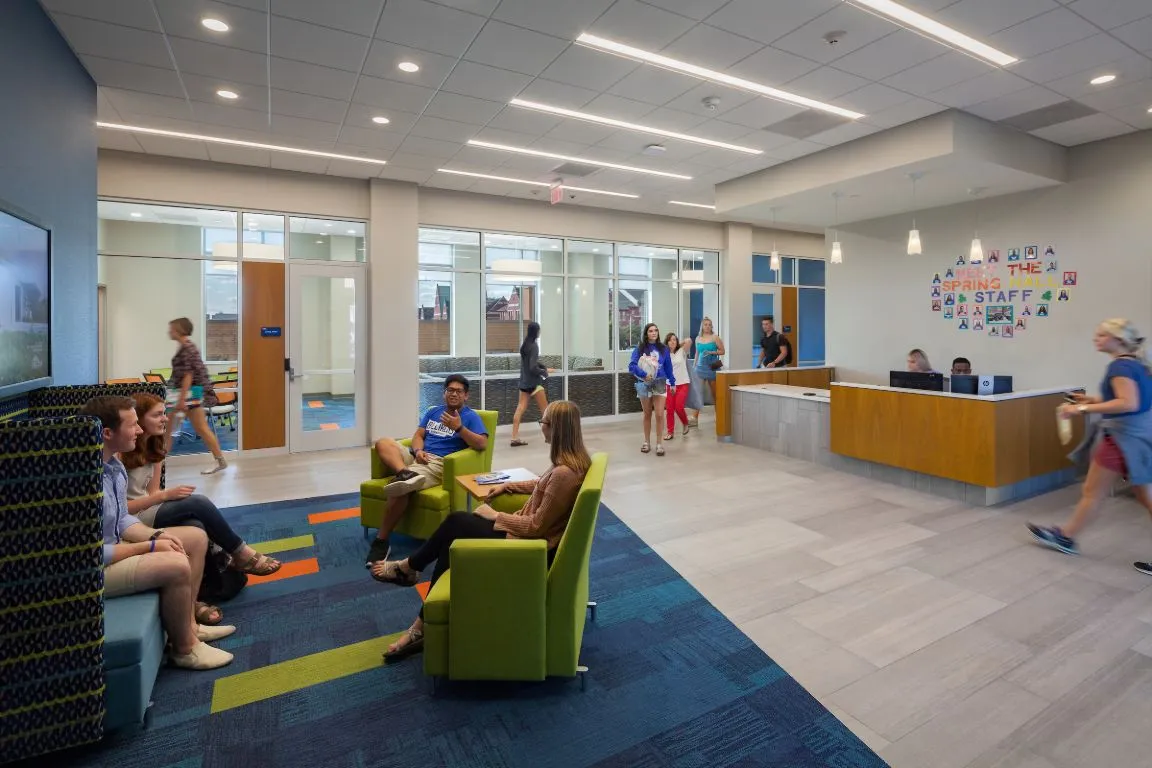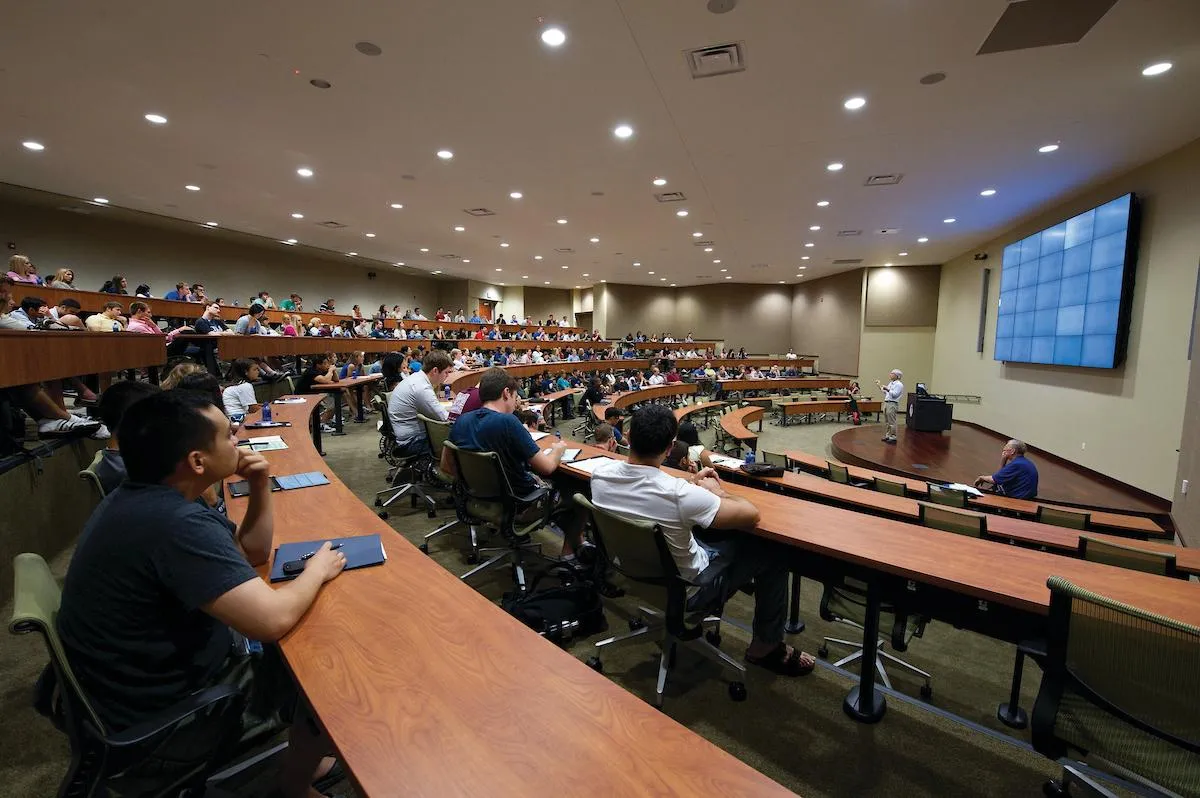About

University Type
Private

Missouri,
United States

Year Established:
1818
Saint Louis University traces its origins to the Saint Louis Academy, founded on November 16, 1818, by the Most Reverend Louis William Valentine DuBourg, Bishop of Louisiana and the Floridas, and placed under the charge of the Reverend François Niel and others of the secular clergy attached to the Saint Louis Cathedral. Its first location was in a private residence near the Mississippi River in an area now occupied by the Jefferson National Expansion Memorial within the Archdiocese of St. Louis.
Already having a two-story building for the 65 students using Bishop Dubourg's personal library of 8,000 volumes for its printed materials, the name Saint Louis Academy was changed in 1820 to Saint Louis College (while the secondary school division remained Saint Louis Academy, now known as St. Louis University High School).In 1827 Bishop Dubourg placed Saint Louis College in the care of the Society of Jesus. Not long after that, it received its charter as a university by act of the Missouri Legislature.
According to William Faherty, the first Jesuit president of St. Louis College, Peter Verhaegen, was a key leader in building Catholicism in the WesT from his arrival 1823 to his death in 1853. He kept frontier needs in mind while designing the curriculum, intensified the school's Catholic life, established a medical department, and moved the school to a bigger campus.It included Protestants among its faculty, student body, and supporters. It introduced evening adult programs, and taught poor boys with city funding.
Rankings

#975
QS

#450
THE

#623
USNews
Saint Louis University Program Rankings
- Health Care Management - Rank #13 (US News)
Saint Louis University Highlights
FAQs
What are the most popular graduate programs offered at Saint Louis University?
Saint Louis University offers a variety of sought-after graduate programs including Health Law, Aviation, Business Administration, Social Work, and Nursing. These programs are renowned for their comprehensive curriculum and strong emphasis on research and practical application, preparing students for leadership roles in their respective fields.
What is the Annual Cost of attendance at Saint Louis University?
The annual cost of attendance at Saint Louis University for an undergraduate program averages around $58,000, which includes tuition fees of approximately $45,700 and estimated living expenses of $12,300. As of the latest exchange rates, this totals approximately ₹47,24,000 INR (rounded to the nearest hundreds).
What Financial aid and scholarship options are available at Saint Louis University?
Saint Louis University offers a range of financial aid options including scholarships, grants, loans, and work-study programs. Prospective students can apply for financial aid by completing the Free Application for Federal Student Aid (FAFSA) and the university's own scholarship applications. Specific scholarships also exist for international students and for those who excel academically or in service-oriented roles.
What is the reputation and ranking of Saint Louis University?
Saint Louis University is highly regarded for several of its programs. Notably, its health law program ranks among the top in the nation, and its research in aerospace and aviation is also highly respected. The university consistently ranks well for its service mission and commitment to global citizenship, enhancing its reputation across various disciplines.
What is the campus culture like at Saint Louis University?
The campus culture at Saint Louis University is vibrant and diverse, with numerous cultural fests like Atlas Week, campus events such as Homecoming, and over 150 student organizations including academic clubs, sports teams, and volunteer services. The university emphasizes a holistic education with ample opportunities for leadership development, social interaction, and personal growth.
What are the housing options at Saint Louis University?
Saint Louis University offers a variety of housing options including traditional residence halls, apartments, and suites. For those preferring off-campus living, popular areas include the Central West End and Grand Center neighborhoods, which are known for their safety, affordability, and proximity to campus. These areas also offer vibrant community atmospheres with access to cafes, shops, and public transport.








